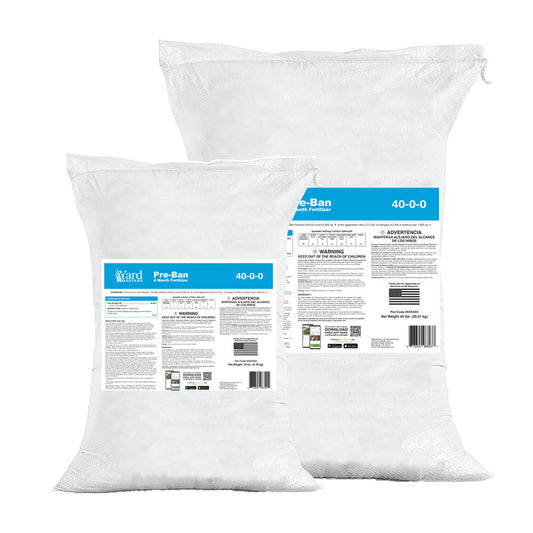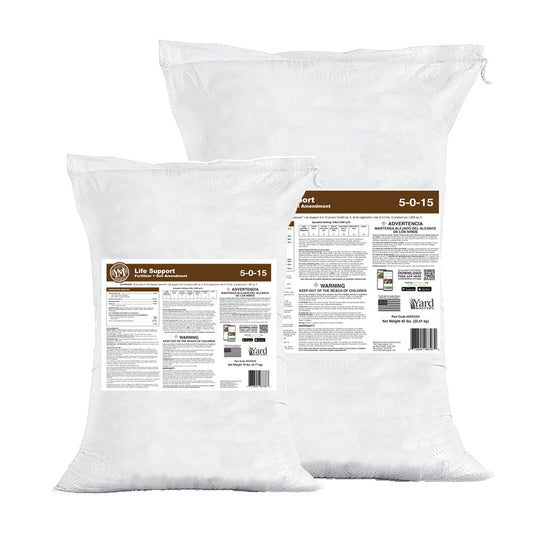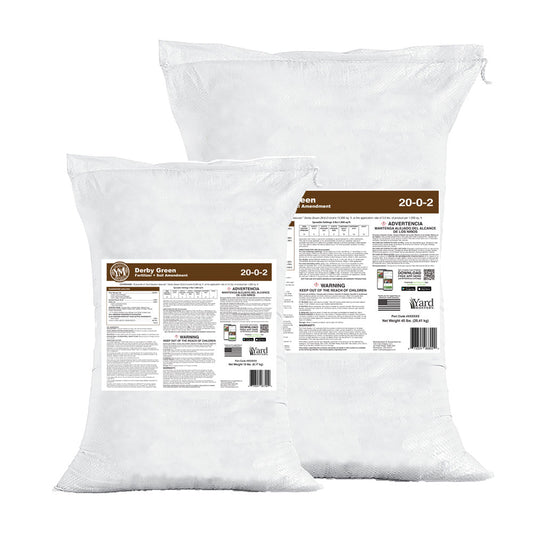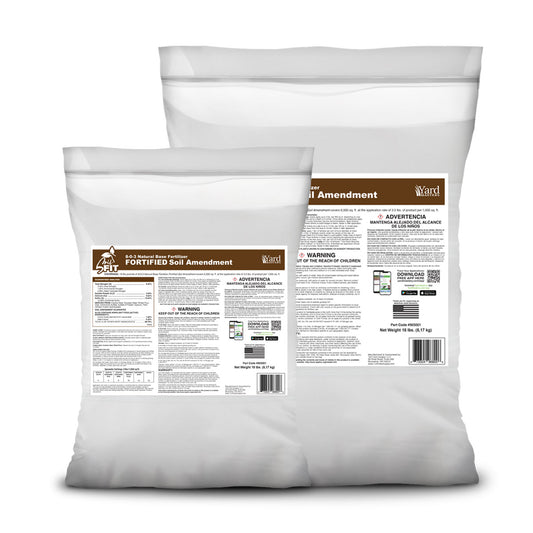Today we are going to address late summer brown spots in the lawn. These brown spots can come from many things but when coming out of summer and heading into fall, there is some important detective work to do before you move forward with your strategy.
These brown spot detective steps will not find every single problem, but they should give you some clues to at least get you closer to a solution.
First off, you have to start bringing your lawn out of summer dormancy (assuming it went there). It’s ok to wait for the cooler temps and rain to do it for you, but if you want to work on it yourself, here is a video walking your through the steps to bringing your lawn back from brown to green heading from summer to fall:
What will inevitably happen is that some areas of the lawn will green up from all this watering and fertilizing you will be doing, but some areas will not and here is what you do.
Step 1: Dig Into The Brown Spots
Go to the brown areas of the lawn, right where they border the green areas and dig underneath. The first thing to do is look under the dead grass, and into the top 1 or 2 inches of soil. You want to look for grubs.
Here is a complete video on grubs and their life cycle so you understand why I am telling you to look for them now:
What can happen is that the grubs are feeding in the lawn all summer, killing it, but because it’s brown anyway from summer dormancy, you don’t notice it. Getting down there and checking is going to help you to STOP any further damage.
Here is a good grub control product. **Be sure to water it in**
If grubs are not the issue, then dig a little deeper. So many times I have seen our community folks find strange things buried underground. Rocks and construction debris on big ones that I often see. Having large rocks or other “junk” below the soil surface will stop roots from getting deep but it also sucks water away from them as it heats up.

What About Lawn Disease?
I am not typically concerned about lawn damaging diseases in the later summer or fall. Most of these hit the lawn during the spring leading into summer but have stopped as we get to fall. There may be some lingering damage from spring disease but there isn’t a need to treat them because they have mostly stopped being active. Save the chems.
Sometimes it’s none of these. Some things just take more time and those can be the “hot zones.” I often see that areas that border concrete or blacktop will come back slower than the rest of the lawn. This is because these areas get hit with more heat, faster and longer. They heat up earlier in the day and stay hotter longer later into the evening which means the roots are stressed more and these areas dry out faster. In addition, there are often “spillovers” of rocky materials that affect the rooting along these heat zones. In these cases, it just takes some patience. These areas will come back but the grass there may take just a little bit longer. In this case, it takes patience, more water, and of course, attention to the soil.

If you have the bio-stimulant pack, applying some extra Humic12 would be a great idea in these struggling areas. Put 6oz into a gallon of water and go “paint them black.” Water it in. You can repeat this every 2 weeks until the areas green up. This will help wake up the microbes in that area which will stimulate the roots of the turf.
Don’t Panic - The Lawn Will Recover
I worked with cool season lawns for over 15 years in the Chicagoland area. During that time I went through several VERY rough summers and saw lawns that were mowed incorrectly, not watered and had been trampled by families having parties on dormant grass. Here is what I know:
The lawn is going to come back!
Grass is super resilient. As I have often said, after a forest fire the very first thing to grow back is the grass. And even though your lawn may have some areas that struggle and even die, the majority of it will come back and be just fine. Your job is to keep it mowed, water it when needed, and push it with fertilizer during the fall to help it back on thickness in preparation for the winter to come.
Here is a FREE lawn seeding guide that may help you with some tips on what to do should have have some struggling areas.






